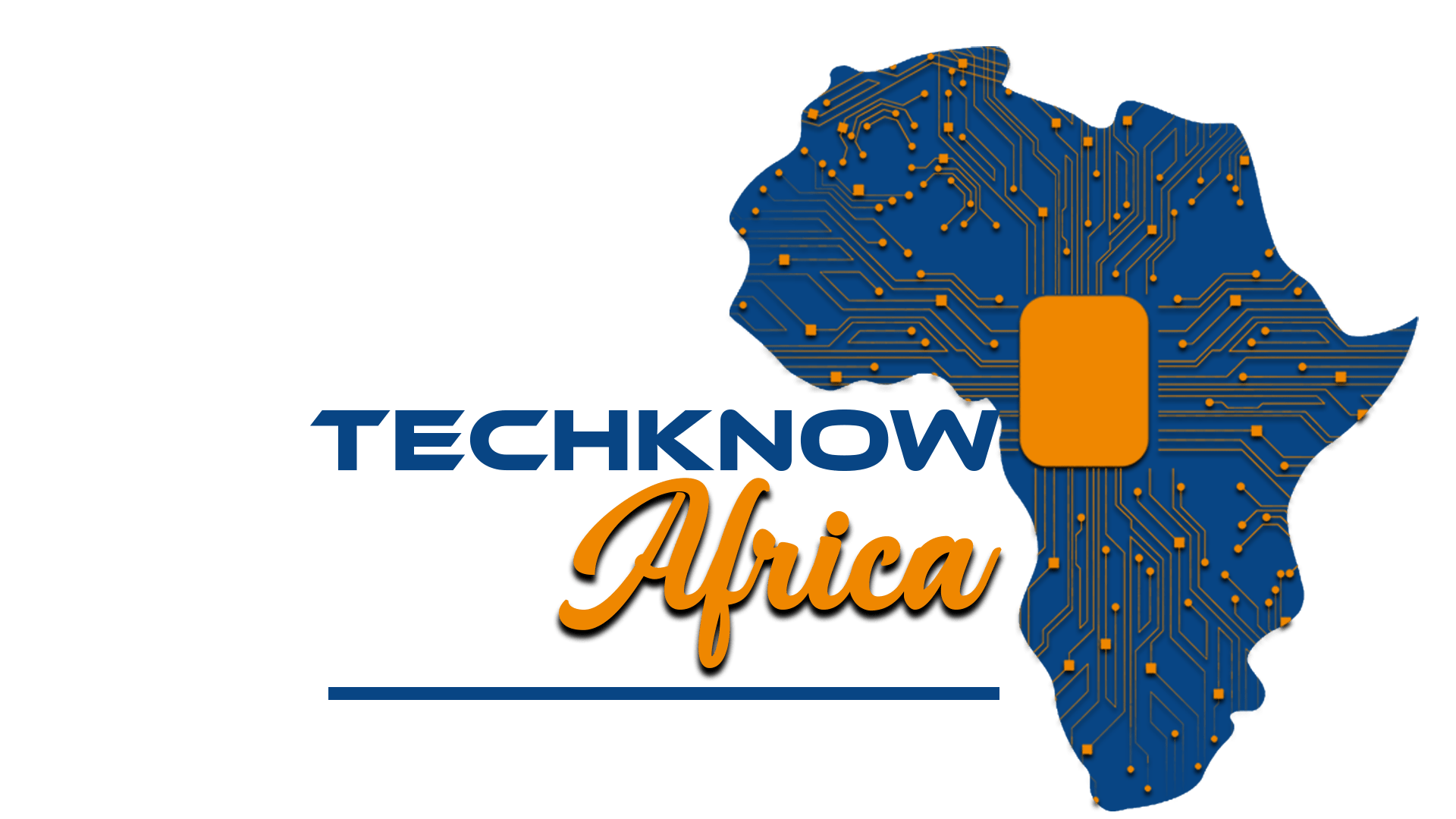Tech giants including Google and Facebook have spent years trying to figure out how to bring the internet to billions of people who still lack a reliable connection. Now, an American startup has come up with its own plan.Telelift is an attempt to create a “flying cellphone tower.” It uses drones the size of a dining table, which are attached to the ground by a long wire and, according to their maker, can stay in the air for at least a month.Rahul Tiwari, 22, came up with the concept in the summer of 2017 while studying engineering at Purdue University in Indiana. His drones hover at 200 feet while attached to solar panels or a power source on the ground, using around the same amount of power as a microwave.

Tiwari initially intended his drones to be used as anti-poaching “flying watchtowers” in Africa, but when he spoke to industry insiders, he saw a bigger potential.
Read More: Kenyan YouTube content creators to get Sh1m monthly
“If we took the drones that we were building — that were very powerful, they could fly for a very, very long time — and basically stuck 4G routers on them, we could bring the internet wherever we want it,” he tells CNN Business.Tethered drones have been used after disasters to restore connectivity.
Read Also: Kenyan YouTube content creators to get Sh1m monthly
A common disaster-zone solution is “Cellular on Wheels” (COWs) — telecom infrastructures on trailers with an extendable mast. AT&T (T) deployed its “Flying COW” tethered drones in Puerto Rico after Hurricane Maria in 2017 and has drones on standby for disasters. It also has a helium-filled blimp as part of the FirstNet system, designed for public safety communications after a disaster.Tiwari’s Minnesota-based startup Spooky Action now wants to deploy Telelift to provide a regular service in areas with poor internet coverage, beginning in Kenya, Niger, Botswana and Senegal.There are roughly 4 billion people still without internet access globally, according to GSMA, which represents mobile operators worldwide.
Read More: Pandemic drives surge in use of digital health solutions across Africa
Tiwari says mobile coverage drops “substantially” just outside the main cities, so he is working with network providers to target suburbs, where they can cover the most people per drone. Then they could move on to more remote areas. “They [network providers] are willing to pay for a product that can do it,” he says. “It’s good business and it happens to be good for the world.”Each drone can provide high-quality internet for several hundred people over a radius of between 20 miles and 30 miles, says Tiwari, so remote areas may only need one drone, while suburbs may need several. The drones cost from $40,000 and are fully automated in flight, but would have a pilot for take-off and landing. Tiwari adds that some countries require more oversight from a pilot.Spooky Action has run tests with Verizon (VZ) and Orange (FNCTF), which used Telelift to deliver internet to the French National Windsurfing Championships in Quiberon, France, last November. It is now working with non-profit WeRobotics, which Tiwari says is providing advice and introductions to African network providers.
Read Also: How your personal data is being scraped from social media
New connections
Mobile access is growing quickly in Sub-Saharan Africa, and internet is central to improving opportunities in rural communities, according to a report from GSMA. But maintaining infrastructure in sparsely populated areas is often uneconomical for networks.Sam Twala, from South African consultancy NTSU Aviation Solutions, tells CNN that drones could make “business sense,” at least in the short term. Satellites provide wider coverage, but “complement” other solutions, including drones, he says.

Loon, a project run by Google’s parent company Alphabet (GOOGL), has been developing tennis-court sized balloons that fly 12 miles high, capable of serving the internet within a 25-mile radius. In 2018, Loon announced it was partnering with Telkom Kenya to deliver internet to regions of central Kenya.
Drone concerns
Telelift faces a range of potential hurdles — civil aviation authorities are becoming more concerned about issues like flyaway drones, motor failure and busy air spaces, according David Lemayian, from Code for Africa, a civic technology group.Twala says regulators could be appeased by the “umbilical cord” that allows a tethered drone to be recovered. Telelift has a back-up battery and control system so it can remain aloft even if the tether is cut, landing when safe.
Read Also: New Branches for the 2Africa Subsea Cable System
Gokhan Inalhan, professor of Autonomy and Artificial Intelligence at Cranfield University, in the UK, tells CNN that Telelift appears to be an “excellent product” for emergency response or search and rescue. But he adds that continuous use could be “problematic” because many drone components are “not intended to be used 24/7” in extreme conditions. He says that improved engines and materials are needed for drones to cope with continuous operation and the African heat.
Tiwari says that while some of his components are off-the-shelf, the moving parts he uses are specially designed to be resistant — and although they should be able to fly indefinitely, in practice, some of the drones would land at times of day when there is less internet demand.



